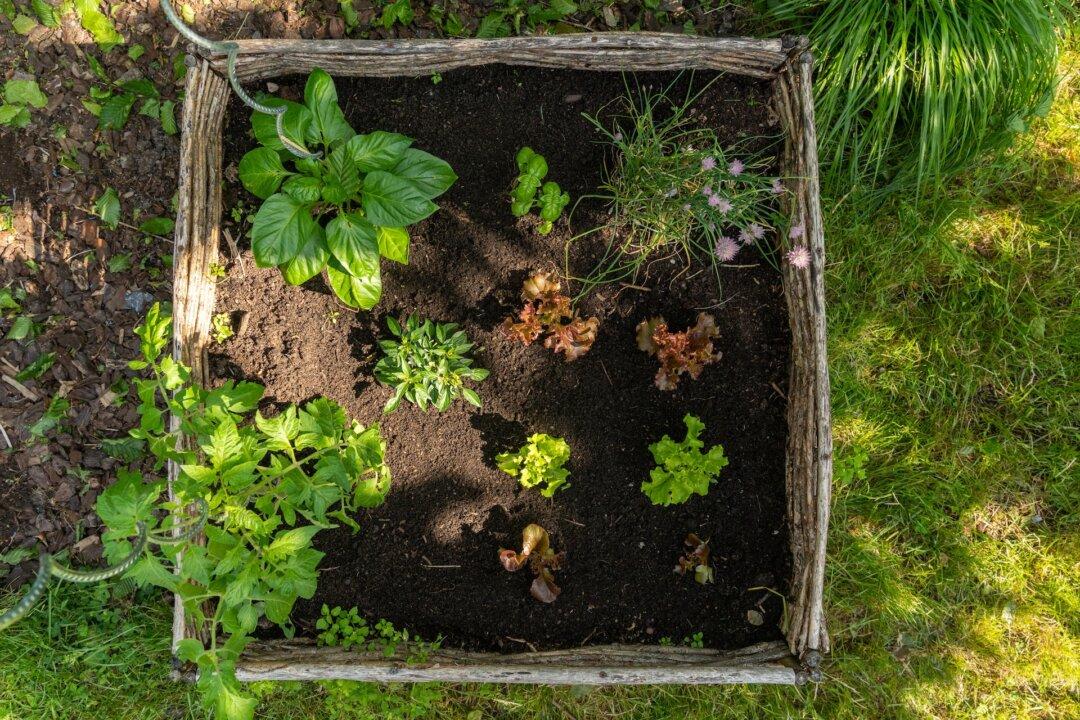Shade plays a critical role in any vegetable garden. Low-light areas near structures, under trees, or even under larger crops can be used to maximize garden space. In some cases, such as balcony gardening, these areas may be the only ones available.
Not all shade is created alike. Most gardeners know that full sun is considered to be six or more hours of direct sun each day, that partial sun is four to six hours of direct sunlight each day, and that the hours don’t have to be continuous. It can be a few hours in the morning, shade midday, and the rest of the required hours in the afternoon. The many definitions of shade, however, are more complex.





